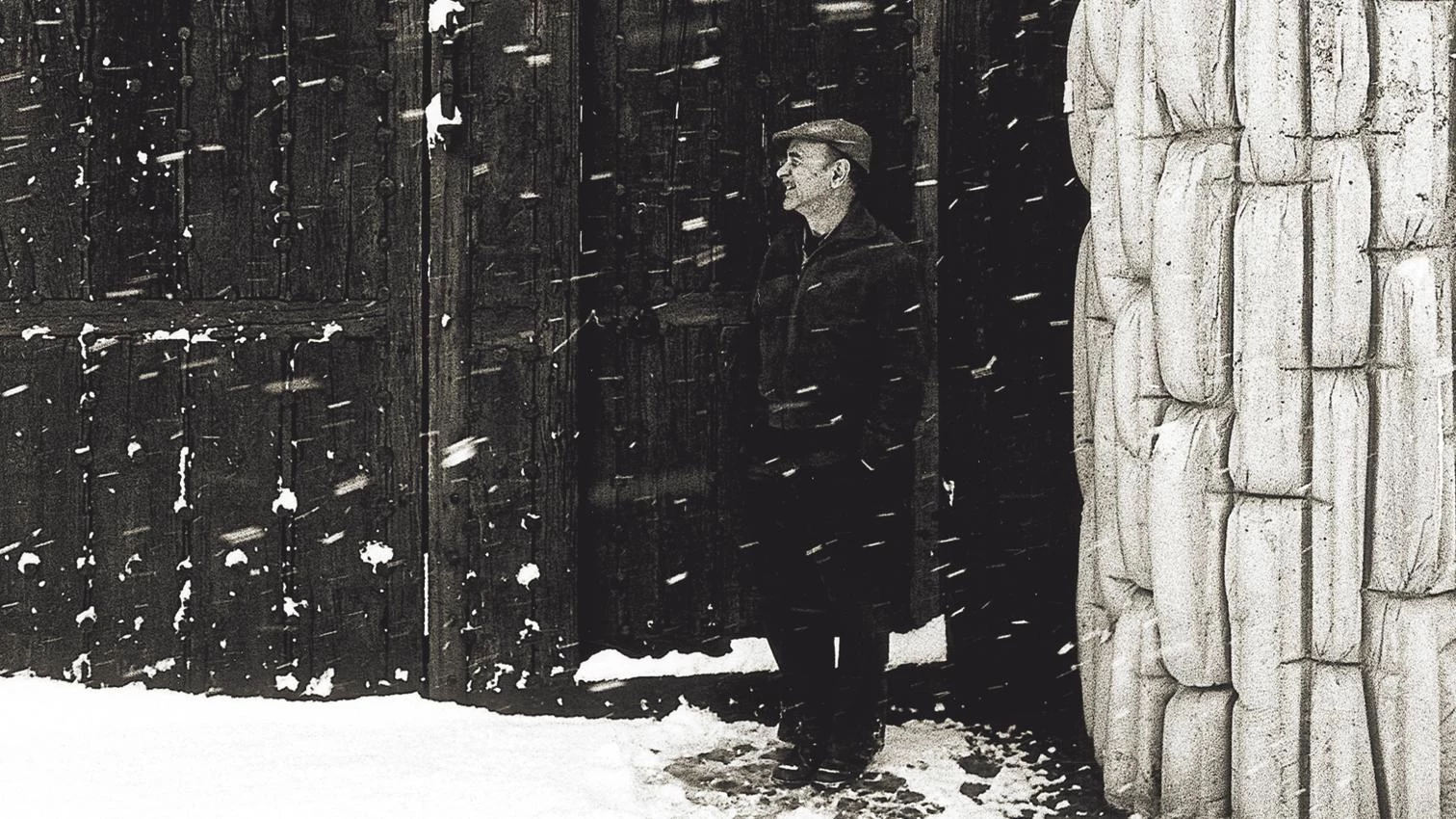Private Experiences
From Alcobendas to Almagro

Being a tirelessly experimental architect, Miguel Fisac moved smoothly from the structural bones to flexible formworks, and he used both constructional methods in the atelier built in concrete by his house in Alcobendas in 1971. In a similar way to the doctor that uses his own body to test remedies, in the studio he tried out all types of doubtful solutions, from the replacement of the window frames with neoprene sealing to the construction in situ of walls with soft formwork, displaying a generous curiosity that would sadly coincide with the end of his most productive period. The political uncertainty and economic stagnation of the years of democratic transition would also affect Fisac, who in 1977 was forced to close a studio that was by then barely in use, remodelling a year later, with his unique and little understood flexible formworks, a house for his family in Almagro that could be seen as a symbol of his voluntary retirement to the background and the return to his childhood landscapes of La Mancha. Intermittently active in the eighties, and happily celebrated in the nineties both by his colleagues and by the general public, that resoundingly protested against the demolition in 1999 of one of his most visible works – the “pagoda” of the Jorba laboratories by the Barajas highway –, the nonagenarian Fisac is still stubbornly active, insolently memorious and lucidly critic of a modernity that has sold its inventive soul to the devil of spectacle, changing its intellectual primogeniture for the lentil soup of mediatic narcissism... [+]





